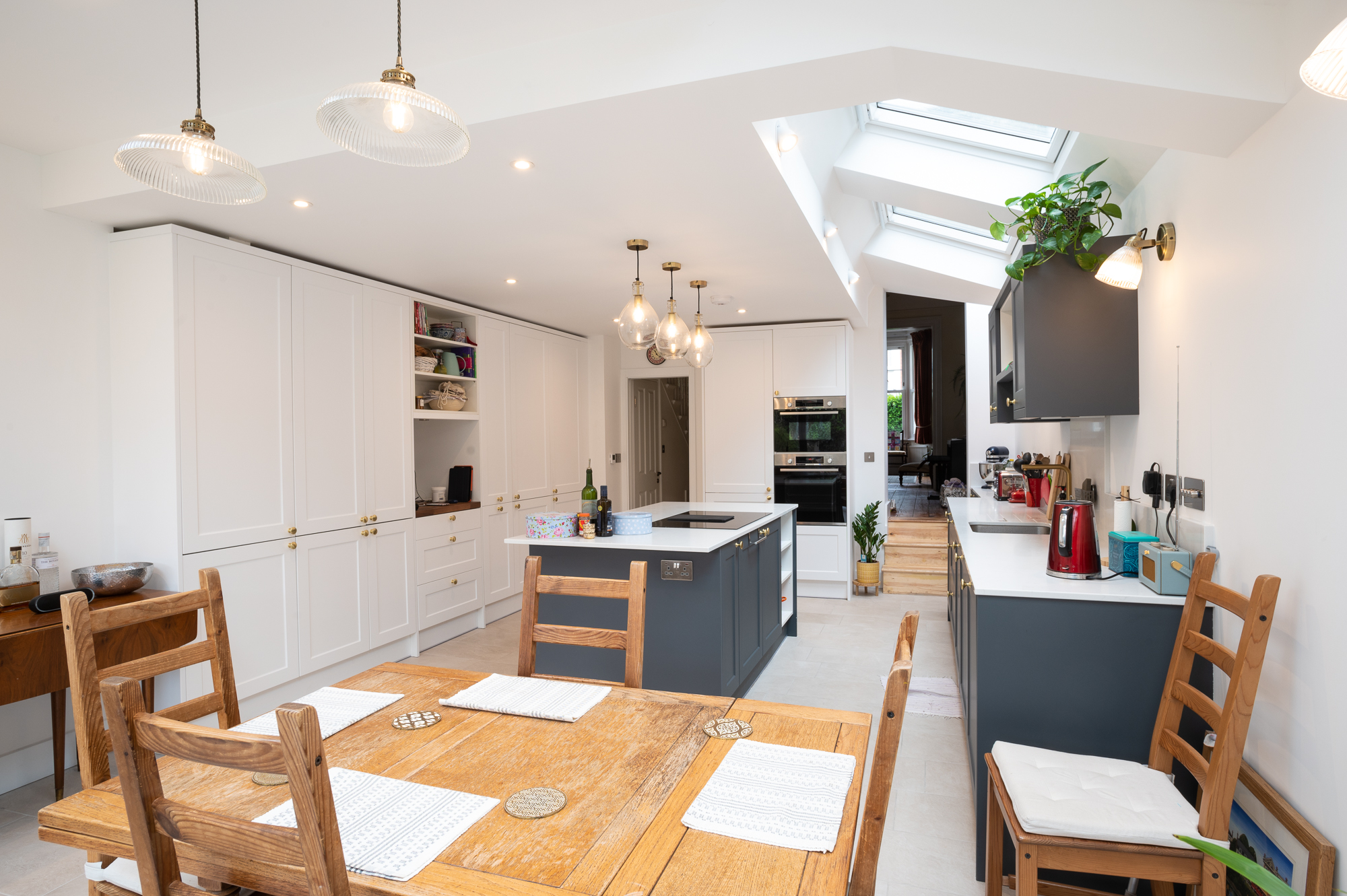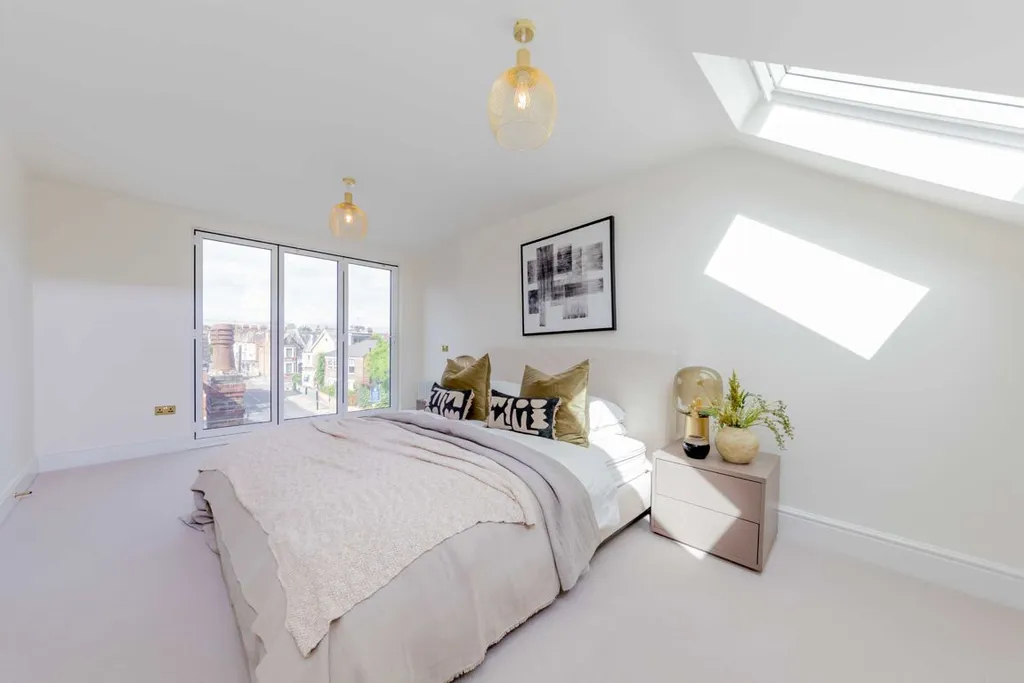Like lungs need air to breathe, homes need ventilation to keep the air cleaner inside. Ventilation works by bringing in fresh air from the outside and removing stale air and moisture from the inside. Fresh air dilutes moisture, odour, gases, dust, and other air pollutants. Indoor air quality matters to our well-being, especially as we spend 90% of our time indoors. Studies have shown that poor ventilation has adverse health impacts from sick building syndrome to cognitive impacts. So how do we give our homes a well-circulated, good air quality that does not make us sick?
How to ensure natural ventilation at home
- Placing windows, doors, and air vents on opposite or adjacent walls allows cross-ventilation. It helps air to enter from both sides, cross the space, and exit in opposite directions. Leaving doors between rooms open also enables cross-ventilation, increasing the amount of fresh air inside.
- You can add trickle vents to your windows and doors. Trickle vents are tiny openings that allow air in without causing draughts. Trickle vents should be kept open and unblocked, even in winter.
- Bathrooms and kitchens have the most moisture build-up, causing condensation. It can lead to dampness and mould. These spaces should have better ventilation with the help of skylights and bi-fold doors.
- Converting your loft spaces and installing them with windows to afford them the advantages of natural ventilation.
- Keep heavy and large furniture facing away from windows and doors to allow air to exchange freely from outside to inside and vice versa.
- On hot days, harness the power of Stack ventilation. Hot air is less dense than cool air and flows upwards when the indoor temperature is higher than outside air. To naturally ventilate your home, open roof windows or chimneys instead of relying on lower windows.
- During summer months, resort to Night ventilation. Your home has a high thermal mass in the summer. The walls, floor, and roof absorb large amounts of heat. Opening windows at night and letting the building cool before closing the windows in the morning causes the building fabric to take up the heat of the new day without heating the air in the home.

Importance of ventilation for your living space
Improves airflow – Without fresh air from outside, stale air will circulate within the home. For proper airflow, your home needs a natural ventilation system. It will effectively expel odours, pollutants, and impurities while distributing sufficient air within the house. Ventilation rates below half an air change per hour are a health risk.
Reduces chances of mould growth – Ventilation reduces condensation. Without condensation, mould cannot grow. Mould emits spores, cells, fragments, and “volatile organic compounds” into the air. It mostly occurs in poorly ventilated bathrooms and kitchens. One of the most toxic mould types is black mould, which is especially harmful to children.
Reduces moisture in the air – Ventilation removes moisture and replenishes interiors with fresh dry air. Rooms become hot and humid when there is excessive moisture, causing dampness. Damp conditions can cause several health problems, including asthma, rhinitis, allergies, respiratory infections, and eczema. Greater than 50% of relative humidity increases indoor dust mite levels.
Comfort – Without ventilation, rooms can feel stuffy. Airflow is key to maintaining comfortable household temperatures in the summer months. It is also energy-saving as you will not need air conditioning to cool hot rooms. Air-conditioned spaces are void of summer breezes, pleasant cooling sensations only ventilation brings. You will also breathe better when your home is airy, and the air you breathe will contain lots of vital oxygen.
Minimises the concentration of radon – Radon is a colourless, odourless radioactive gas that forms when small amounts of uranium in all rocks and soils decay. The World Health Organization links radon exposure to lung cancer. The gas is prevalent in areas with high levels of granite and other igneous rocks.
Reduces Volatile Organic Compounds – VOCs are present in various products, including cosmetics, air fresheners, and cleaning agents. Ventilation is the only way to dilute these compounds.

Conclusion
Indoor air quality matters to our bodies and minds. Natural ventilation is one of the best methods of ventilation we have. More and more people want their homes to receive as much natural ventilation as possible. Open-plan designs, oversized doors & windows, roof lights, and air vents get incorporated when designing modern spaces. Are you envisioning airy, illuminated spaces for your home, too?
Good Design and Build creates contemporary loft conversions, kitchen extensions, and house extensions that are well-lit, ventilated, and energy efficient. Our designs incorporate natural elements that improve well-being. Call us today to transform your Victorian and 1930s home.




